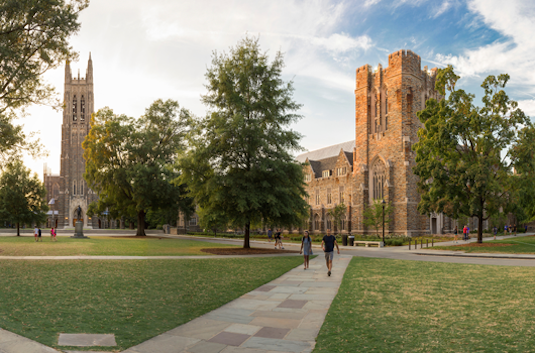Cellular and Molecular Mechanisms of Retinal Neuron Spatial Patterning

During development, cell-cell recognition events mediate crucial steps in the formation of organized cellular patterns critical for tissue function. In the nervous system, cell recognition cues guide migrating neurons during development to appropriate terminal locations and sculpt their characteristic sizes, shapes, and circuit connectivity. The retina contains a multitude of neuron types; however, neurons of the same cell type (homotypic) are patterned into evenly spaced arrangements known as "mosaics" across the retina surface. Disrupting mosaic formation impairs visual function, so it is important to understand the precise cellular and molecular mechanisms that allow homotypic neurons to recognize and adjust their proximity to neighbors. To understand this process, we studied two populations of interneurons, the OFF and ON starbursts amacrine cells (SACs), which require the cell-surface receptor MEGF10 to establish their mosaics. We find that SACs in Megf10 mutants still make lateral movements in the plane of the retina, but fail to recognize their proximity to homotypic neighbors. Using transgenic tools to visualize SACs early in development, we identify a transient developmental phase where SAC dendrite territories are bounded by homotypic somata, a relationship which is lost in SACs lacking MEGF10. Further, we determine that MEGF10 utilizes distinct signal transduction pathways in neurons from those identified in non-neuronal cells.






